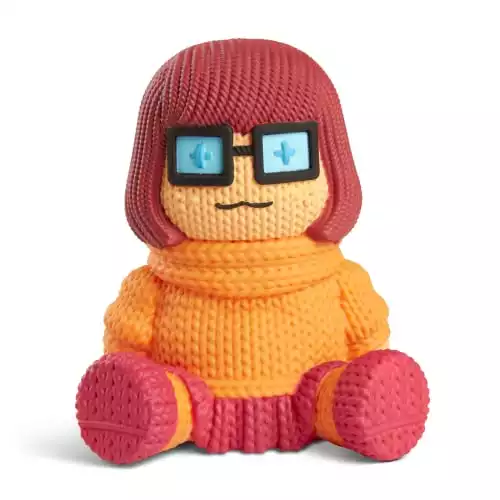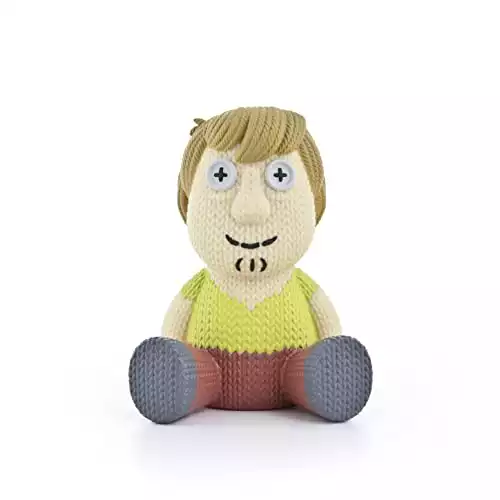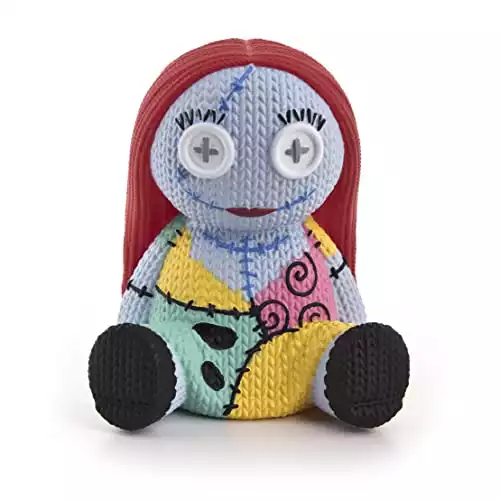Introduction Handmade By Robots
A term that seems like an oxymoron, “Handmade by Robots,” is rapidly defining a new frontier where artisanal craft meets automation. This phrase signifies the confluence of traditional craftsmanship that values quality, care, and precision, with the consistent, efficient, and tireless production capabilities of robotics and AI.
Table of Contents
Understanding Handmade By Robots.
The advent of robotics has been transforming various industries, and the artisanal sector is no exception. Whether it’s pottery, woodworking, or jewelry making, robots are increasingly participating in the production process. Unlike mass production, which relies heavily on complete automation and standardization, ‘handmade by robots’ embodies a more nuanced blend. Here, robots are employed not just for their speed and efficiency, but also for their ability to replicate the intricacy and care often associated with a craftsman’s touch.
Even so, it’s essential to clarify that robots in this scenario do not replace the craftspeople; instead, they become sophisticated tools enhancing the makers’ abilities. Robots can perform tasks that are laborious or physically taxing for humans, thus enabling craftsmen to focus more on design, innovation, and intricate details. This fusion of craft and technology is gradually redefining what it means to be ‘handmade’, and presents an exciting future for artisans worldwide.
Also Read: 6 hours of robots!
What is Handmade by Robots?
‘Handmade by Robots’ is a term that amalgamates traditional craftsmanship with modern robotic technologies. In essence, it refers to the incorporation of robotics and AI into the sphere of handmade crafts. This unique intersection of technology and artistry empowers craftsmen to create products that preserve the charm and quality of handcrafting while also benefiting from the efficiency, consistency, and precision that robotics offer.
In the practical context, ‘Handmade by Robots’ does not denote the replacement of human artisans by machines. Rather, it refers to the use of advanced robotics to assist craftspeople in their work. For example, robots may be used for heavy lifting, precision cutting, or repetitive tasks that are physically strenuous for humans. The craftsman’s role then evolves from not only being a creator but also a conductor, guiding the symphony of robotic tools to create a product that resonates with the aesthetics of handcrafting and the efficiencies of automation.
The value of ‘Handmade by Robots’ lies in its potential to reshape industries. Whether it’s woodworking, pottery, or metalworking, this concept has the potential to enhance productivity, reduce human error, and make craftwork more accessible. By embracing this fusion of technology and traditional craftsmanship, industries can safeguard artisanal skills, promote innovation, and meet customer demands for quality and quantity simultaneously.
Why Handmade By Robots?
The concept of “Handmade by Robots” opens up a new areas of possibilities in the manufacturing and creative industries. The primary advantage is the scale of productivity. Even the most skilled artisans have physical and time constraints. However, robots, when programmed effectively, can work ceaselessly without compromising the quality of output. This can significantly boost production rates, meeting the growing demand for artisanal goods while maintaining a level of quality that is consistent, if not superior, to traditional handcrafting.
Another compelling reason for embracing “Handmade by Robots” is the enhancement of precision and consistency. With robotics, you can achieve a level of detail and accuracy that might be challenging for humans, particularly in complex or repetitive tasks. This precision reduces material wastage and ensures each product meets the exacting standards of quality. This not only benefits the manufacturer by minimizing production errors but also ensures the customer receives a product that adheres strictly to design specifications.
Lastly, “Handmade by Robots” can potentially make craft industries more sustainable and inclusive. Robotics can take over tasks that are strenuous or hazardous for humans, fostering safer working conditions. This blend of technology and craftsmanship can help to democratize the craft industry. With robot-assisted crafting, individuals who might lack certain physical abilities but possess a keen creative vision can participate more actively in the creation process. Thus, “Handmade by Robots” brings together the best of both worlds – the artistic soul of human craftsmanship and the relentless efficiency and precision of robotic technology.
Types of Handmade by Robots Products
The ‘Handmade by Robots’ concept finds its application across an extensive spectrum of industries, resulting in a diverse range of products. In the field of art and sculpture, robots are used to carve intricate details on various materials, from wood to marble, which can be extremely time-consuming and challenging for human artisans. These robotic artisans can recreate classic sculptures or design unique art pieces with unmatched precision.
In the world of fashion and apparel, robots are being used to craft clothing, shoes, and accessories. Here, ‘Handmade by Robots’ refers to the application of robotic automation in the sewing and assembling processes, which were traditionally done by hand. Robotic technology ensures precise cutting, accurate pattern making, and flawless stitching, significantly improving the overall quality of the final product. Examples of such products include high-quality footwear, custom-fit clothing, and intricately patterned accessories.
Jewelry is another field where robots are being used to create detailed and exquisite pieces. The ‘Handmade by Robots’ approach is particularly beneficial in creating complex designs, such as intricate filigree work or precise gemstone settings, that demand a high degree of accuracy and consistency.
In the area of furniture and home decor, robots are making everything from bespoke chairs to unique lamps. Robots can precisely cut, assemble, and finish pieces, offering custom-designed, high-quality furniture at a fraction of the time required by traditional handmade methods.
Handmade by Robots – Products
Harry Potter – Dobby Handmade By Robots
Harry Potter – Hermione Granger Handmade By Robots
Scooby-Doo Villains Handmade By Robots
Scooby-Doo Velma Handmade by Robots
Hedwig – Handmade By Robots
Scooby-Doo Space Kook Handmade By Robots
Scooby-Doo Shaggy Handmade By Robots
Scooby-Doo Mystery Machine
Scooby-Doo Chop Top Handmade By Robots
Scooby Doo – Handmade By Robots
Albus Dumbledore – Handmade By Robots
Robots Mini-Eggs 4-Pack Item – Handmade By Robots
Sally – Handmade By Robots
RoboCop – Handmade By Robots
Conclusion
As we stand at the crossroads of technology and traditional craftsmanship, the concept of ‘handmade by robots’ represents a fascinating fusion of both worlds. Robots’ role in manufacturing has expanded beyond mere assembly line work to intricate tasks, replicating the precision, personal touch, and uniqueness typically associated with handcrafted goods. Embracing this shift does not mean we negate the value of human craftsmanship. Instead, we acknowledge the inescapable influence of technology and the innovative ways it can be used to enhance product quality, consistency, and production speed, all while reducing the risk of human error.
Robotic manufacturing holds immense potential for various sectors, from creating unique collectible vinyl figures to constructing intricate jewelry designs, and even in fields like culinary arts and tailoring. As technology continues to advance, and as AI systems become increasingly capable, we can expect a greater range of ‘handmade by robots’ products that deliver a blend of high-quality, consistency, and personalization.
The future of ‘handmade by robots’ promises an exciting journey that will undoubtedly reshape our understanding of what it means for something to be ‘handmade’. It introduces a new dimension of craftsmanship where humans and robots collaborate, each contributing their unique strengths. In this collaborative space, robots take on the heavy, repetitive, and precise tasks, while humans focus on design, innovation, and quality control, ensuring that the final products retain their unique charm and high standards. This is not a displacement of traditional craftsmanship, but an evolution – a new chapter in the fascinating story of human creativity and innovation.
Also Read: Automated Farming
References
Gramazio, Fabio, and Matthias Kohler. Made by Robots: Challenging Architecture at a Larger Scale. John Wiley & Sons, 2014.

























